Re: Good Charter Arms Service
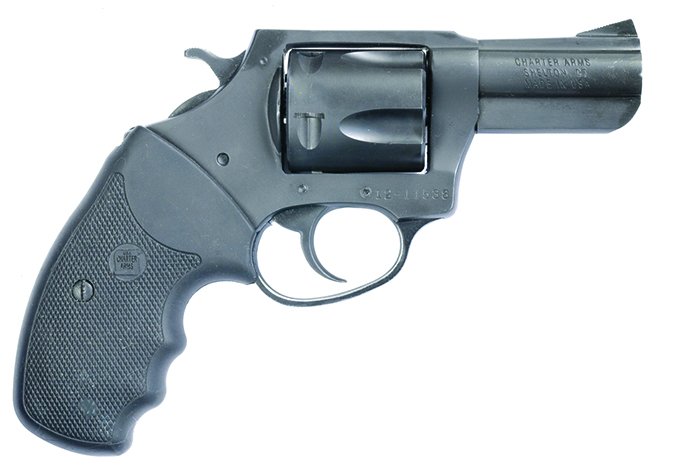
I’ve been a Gun Tests subscriber for many years, and I have not purchased a firearm without a look at your reviews. Years ago, I purchased a Charter Arms Bulldog in 44 Special following a glowing Gun Tests report, and everything was great about the gun except that it was unserviceable, including a hammer that got stuck half cocked.
At the time I had so many guns that it just went into the gun safe, and also spent a year at a local gunsmith who never found time to take a look at it. Years passed, and I decided to call the folks at Charter Arms to see if they would stand behind the gun. They couldn’t have been more cooperative, and invited me to send it to them to be checked out. After a major overhaul, it was returned free of charge. I was especially impressed because the gunsmith who did the work personally called me with a report about what he found and what he did to fix an early model like mine. It’s now one of my favorite handguns.
My only regret was learning that the company will not seek approval in California for its auto-pistol-caliber Pitbull revolver. Charter Arms is just one part of “making America great again!”
— Stephen
The original review was in the July 2012 issue, “A Brace of Snubby 44 Specials: Taurus takes on Charter Arms.” The summary read like this: “Our Team Said: We like the Charter a lot. With our heavy handload it vastly outshines any and all 38 Special or 357 Magnum loads for self-defense use, in our opinion. We don’t recommend shooting heavy loads in this gun all the time, because good practice can be obtained and the gun will surely last longer with lighter target loads. The full load can be reserved for serious carry purposes and will thus do the gun the least long-term damage. With a change of grips and more barrel polishing, this Bulldog will become the backup gun for one of our staff.
Much as we liked it, little things nagged at us. There was nothing at all serious, just cosmetic. We found some spots devoid of finish on the recoil shield, and the ejector rod began to unscrew after 20 shots. So did that of the Taurus. The slight initial operating roughness would have put a few people off, but we thought it was acceptable. The barrel was not the finest inside, but then, this is not designed as a target pistol. We would have liked a slicker barrel, but that would run the cost up.” Glad to hear Charter stands behind its legacy products.
— Todd Woodard
If Your Copy Is Damaged, Email Us for a Replacement
My latest issue of Gun Tests arrived pretty much torn to pieces. It arrived on January 28, and if at all possible, could you send a replacement? My account number and my address in California is attached (yes, in the “People’s Republik of Kalifornia.”) I’ve used my past issues consistently to help me research and decide on my firearms purchases and find that Gun Tests is, without a doubt, the most valuable publication for this. It’s so nice to read a publication that is untarnished by outside influences when you do a review. Please keep up the good work. Thanks, — Mike
My recent issue of Gun Tests January 2017 was delivered almost ripped in half. I was very disappointed, but on page 4, I happened to see a post on damaged issues. If I could get a replacement issue, it would be greatly appreciated. Also, I got a reloader for Xmas. If you have any issues that have tips for reloading, I would be very interested in reading them. Thank you!
— Clint
Happy to do this, Mike and Clint. The fastest way to get a replacement issue is to email customer service (Customer_Service@GunTests.info), and they will get the machinery in motion to get you a replacement copy. Email is the easiest way to do it because you can send your account information, mailing address, and the request all at once. Speeds the process. — tw
Re: “Reproduction M1 Carbines: We Test A-O and Inland Mfg. Models, February 2017
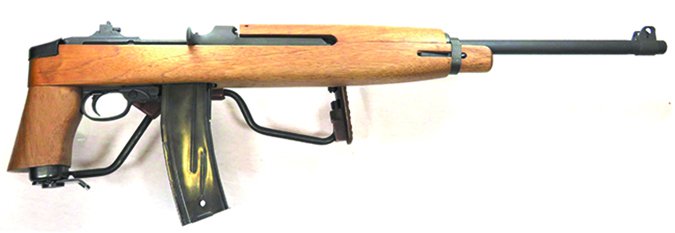

Your article on Reproduction M1 Carbines brought back many pleasant memories. In 1964, I bought one through the old DCM/CMP program for the princely sum of $20 ($18.50 plus $1.50 for shipping and handling). It was a 1944-dated Inland that had the postwar rework of adjustable sight and bayonet lug added. It came from the Red River Army Depot, and, other than some well-defined pits in the bore, was in great shape. I thought it was just about the coolest-looking thing ever and was thrilled to have it. And, adding to the fun factor, military ammo was available in sealed coffee cans of 600 rounds at 4 cents per round. In spite of an austere budget, I bought a couple of those incredibly cool “banana” magazines and happily went through two or three of those cans, until Viet Nam began to heat up in ’65-’66 and the supply dried up.
I had the privilege of working with many combat veterans from WW II, as well as Korea, during those days, and most of them held the carbine in pretty low esteem. Small and light, it was great for garrison duty, but sadly lacking in other areas. Two former Marines, both survivors of the Chosin Reservoir, especially condemned its cold-weather performance. Another veteran of the Battle of the Bulge related how he emptied a 15-round magazine into the back of a running German soldier, and upon examination of the fallen German, found only three bullets had penetrated his several layers of winter clothing. One of the Marines told me that, after Korea, the Corps turned in all its carbines and never issued them again.
In late 1969, I reported to Viet Nam to fly helicopters with the Marines. Within a week or two, one of the pilots who was leaving for home gave me a beautiful M2 Carbine. Being capable of fully automatic fire, it was, of course, not a legal thing to bring back, so he just gave it to me. It appeared to be in super condition and came with three full 30-round magazines. I was doubly thrilled to have it. Thrilled, that is, until I tried to fire it. It would only fire single rounds, and the operating rod had to be worked manually to cycle the action. Imagine my surprise when I field-stripped it and discovered it had no gas piston. It just wasn’t there.
It probably wasn’t that great a loss anyway since, by then, .30 cal. Carbine ammo was almost impossible to find, at least in I Corps, where I was. There certainly was none in the USMC supply system. By then, even the ARVNs had M16s. So, I reluctantly walked over to the group armory and gave it to them to dispose of. I have no idea what eventually became of it.
All that being said, I still think that an M1 carbine with a 30-round banana magazine is one of the coolest-looking rifles ever carried by anyone. And, to me, at least, the “cool factor” is definitely important. Semper Fi .
— G.W.
G.W., I want to thank you for the recollections about these historic firearms. — tw
Advice for Newbies
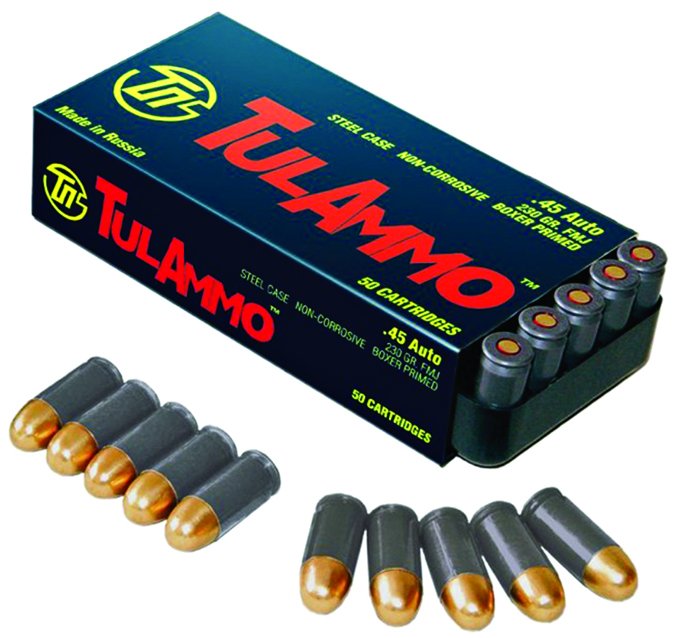
Love your magazine, especially the upgraded paper. We’re relative newbies to owning and shooting guns, so your evaluations are immensely helpful. Because my wallet isn’t bottomless, I’m extremely tempted to save money when buying ammunition for the range. I don’t mind paying top-dollar for carry and home defense firearms, but the recurring costs of shooting are substantial. My question is, what real-life downsides are there to buying the ammo that typically runs as much as half what the “better” brands charge?
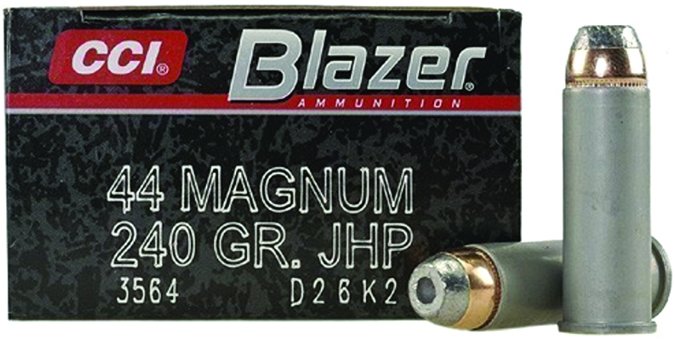
Here’s a case in point from a major retailer that advertises 9mm rounds marked down to 17 cents a round from normal 24 cents a round. The ammo is “aluminum case,” which the ad says is “a lower price than steel case alternatives,” yet the rounds are “consistent FMJ bullet, affordable, reliable accuracy for high-volume range shooters. This ammunition is new production and non-corrosive.”
I don’t want to be penny-wise and pound-foolish, and certainly don’t want to feed anything into my handguns that may do them gun harm. Can you provide some guidance about these ammo choices? Thanks in advance.
— Mark
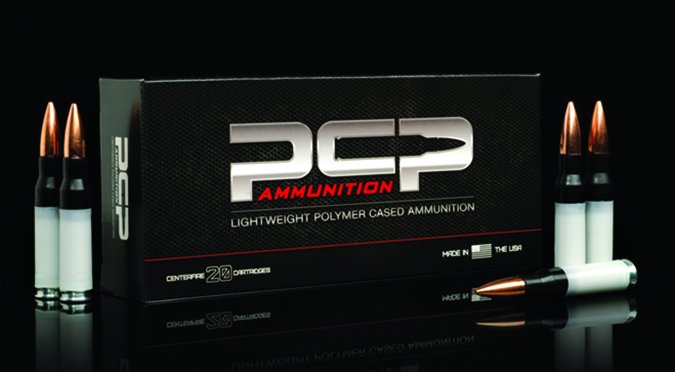
Cheap practice ammo will rarely damage your firearm. I would say “never,” but I hate to say never. Generally, aluminum and now polymer cases cost less because those cases can’t be reloaded like brass, which keeps its ductility over many uses. We haven’t had either damage or massive function problems over the years with low-cost ammo, even with steel cases, and we usually include a lower-cost ammunition choice as part of our bulk testing of all firearms. We like to save money, too, and I can’t recall any problems with ammunition, per se, that just didn’t run or caused problems across several guns. If you really want to save money, however, start reloading. Or do most of your training by dry firing (with snap caps), and only shoot live rounds to get the 5% of the shot development that require recoil and follow-through to learn. But for your defense firearms, make sure you test them extensively with the loads you expect to use to ensure function is 100%. Our ammunition tests can help you select well-performing loads that you can then prove function perfectly in your own firearms. Welcome to the club! — tw
State-Specific Gun Bans
I’ve been a subscriber for many years and greatly appreciate your fine magazine. Please review some New York-legal rifles for those of us trapped here until retirement. All kidding aside, some of us can’t simply pack up and leave. I recently purchased a Gen 2 Ares SCR and found it to an excellent lightweight rifle, but I know there must be other semiautomatic military-style rifles that are configured to be legal here. I would especially be interested in something in 7.62×39 or 308 Win., but I don’t know of any.
— Lawrence
We’ve batted this idea around for a few years, and, of course, readers in New York and other locations are affected by the availability of state-compliant firearms. I will take a look at “restricted-feature” firearms and see what we can come up with. Ideally, we’d look for firearms that would be multiple-state compliant, which is no easy task. — tw




























